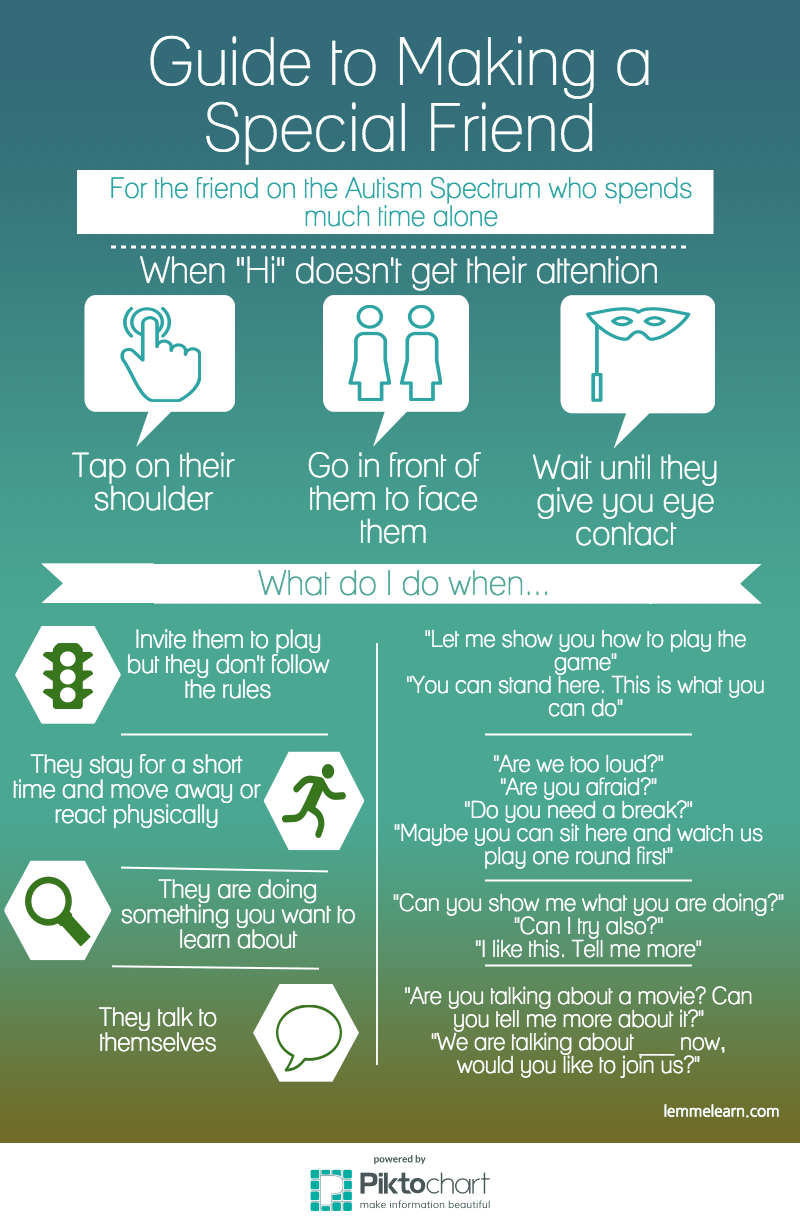5 Ways To Ease Your Child With Special Needs Into Their Environment
- Eileen Soon
- May 5, 2020
- 3 min read
Updated: May 6, 2020
Inclusion. What we hope for, but not always the easiest to achieve.
If you've had the task of having to ease your child with special needs into a new (or current) environment, you know how daunting it can be. You can imagine how much more nerve wrecking it is for the child having to face the unfamiliar environment.
Here are a few ideas to help your child with special needs ease into their classroom, new school, new group of friends or new community.

1. Make peers and adults aware of the child's special need
According to professor and researcher Dr Pam Hunt and her team, talk to the people who that child will meet about their special need. The following information would be useful to include in a classroom setting - their accomplishments, strengths, interests, competencies and educational supports. You could also respectfully include things that the child may struggle with and ways peers and adults could support them. Dr Hunt states that "People are afraid of what they don't understand."
2. Allow questions and open dialogue about special needs and disabilities
Children (and adults) may ask some very honest but uncomfortable questions about disabilities. Anticipate these questions. You may not have the answers to all the questions but it is always good to listen to what the concerns are. And find out the answers together.
Remember, though visuals are helpful, ability awareness does not ONLY need to come in the form of a power point presentation. Even an open dialogue about the child will do. Develop in your audience feelings of empathy, not sympathy. You don't want other children and adults coming away from this dialogue feeling sorry for your child, but rather having a deeper understanding of WHO your child is as a person, their needs, their similarities with other children and their role in helping your child feel comfortable and grow.
3. Model age-appropriate ways to relate to students
Students and adults look to people most familiar with the child with special needs to learn how to relate to the child. Model appropriate, respectful ways to speak to the child. Also think about the age-appropriateness of how you relate to the child. If the child is 12 years old, are we speaking to them like how we would speak to a 12 year old? But they have special needs, that's why we have to go down to the level they understand. I have thought that way too. But at which point are they going to be able to grow if we only expect a 5 year old level from them? What harm can raising the bar be for them? We may learn that they rise to the occasion when given the opportunity.
4. Teach children strategies to communicate with one another
Many children desire to connect with those with special needs. Yet, a lack of guidance leads to uncomfortable situations and may discourage them from pursuing the friendship further. Share strategies that help them connect and build the relationship.

Adult facilitation is vital. Especially at the beginning to ensure a positive relationship forming, give guidance and to keep an eye out for bullying. However, we adults also have to be conscious not to "mediate" too much but allow them to organically build a friendship. Stay there as much as needed at the beginning to facilitate but find opportunities to fade out.
5. Positively interpret behaviours
Due to sensory regulation challenges, individuals with special needs exhibit behaviours that are different from typical individuals. Hand flapping, self-talking/vocalizations, rocking, sudden outbursts of dashing about, jumping up and down are just a few common behaviours. Let's think about why they need to carry out these behaviours - excitement, anxiety, restlessness, communicating a want? Let's also consider ways we can positively interpret these behaviours to help peers understand the function and emotions behind these actions.
"When Johnny jumps up and down, it means he's excited. He's excited to see you."
"She is talking louder and covering her ears because she feels nervous when she is in a loud space. This helps her body calm itself down. If it doesn't help, we can bring her to a quieter space."
"I think he is standing behind you because he wants to get your attention. Maybe you can ask him what he wants."
Again to reiterate the words of Dr Hunt, "People are afraid of what they don't understand" so help people around your child understand your child.
These are just a few tips on how to ease your child into their new or current environment. I hope they are practical enough to apply and through it, we create a deeper connection with our child and connect them to others around.
Let's learn together,
Eileen







Comments